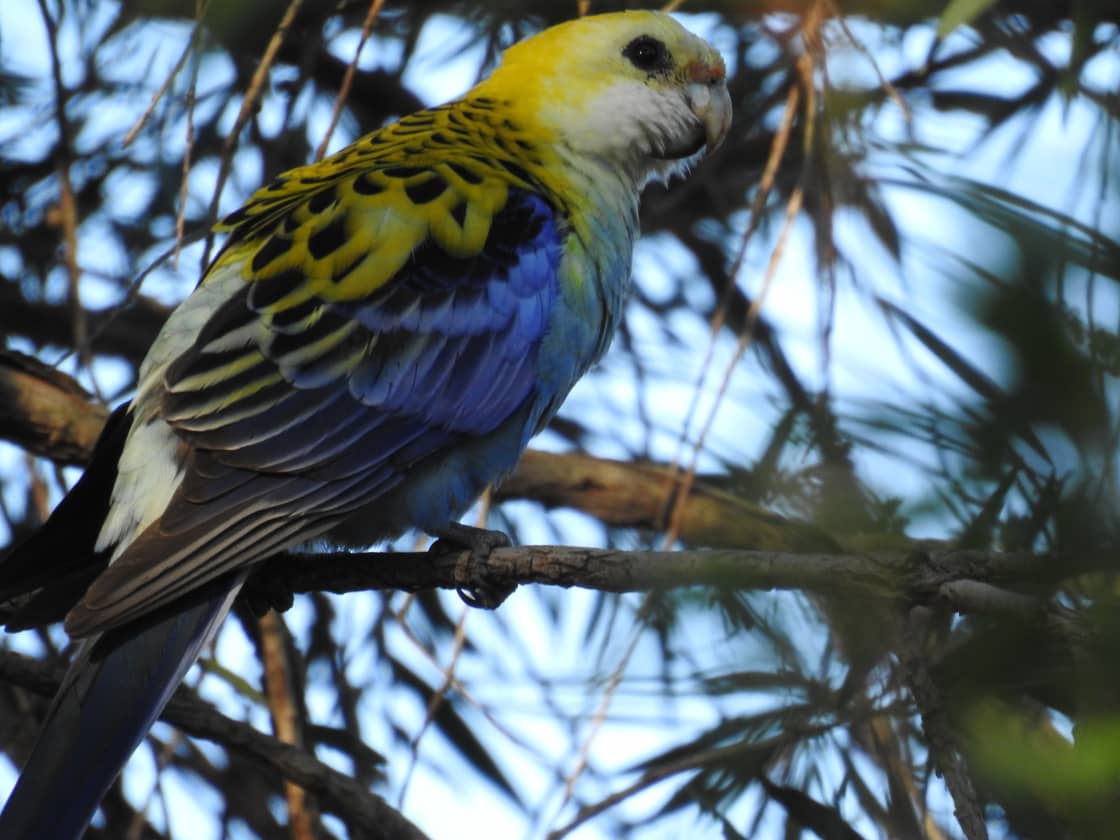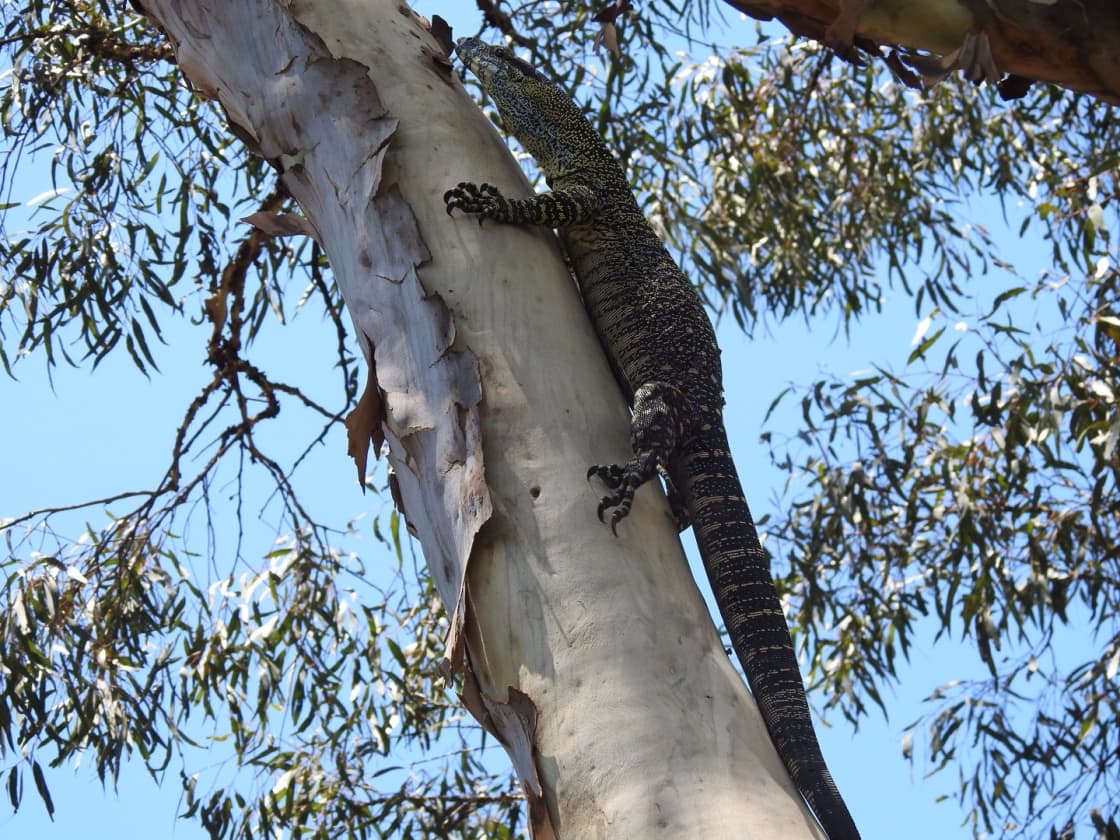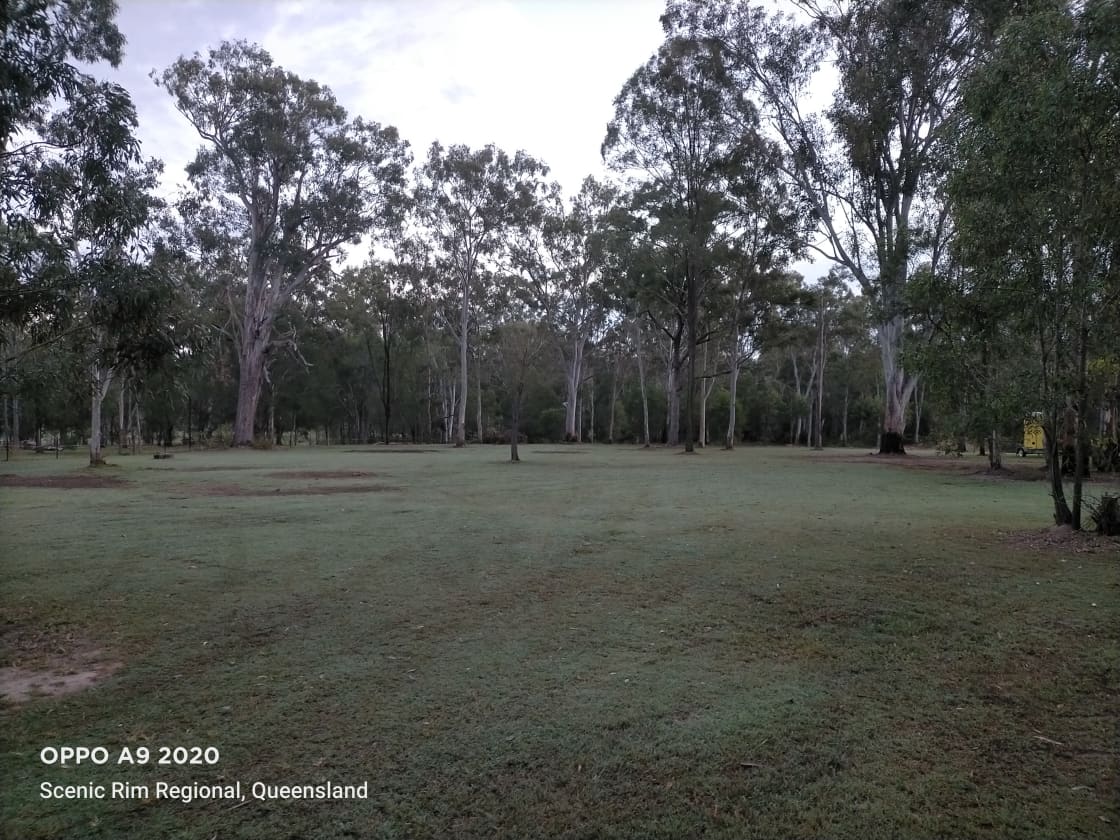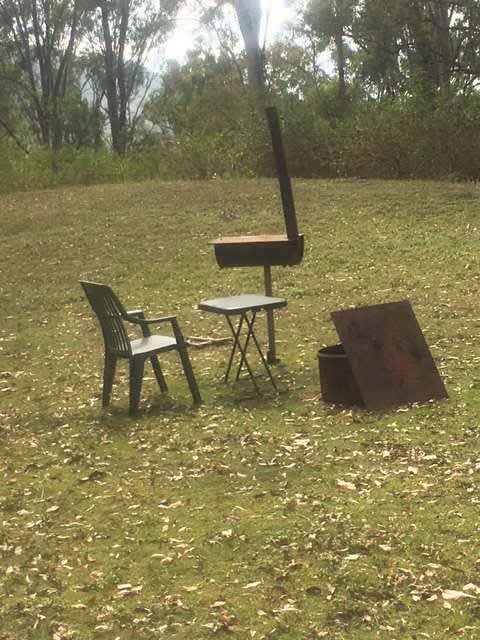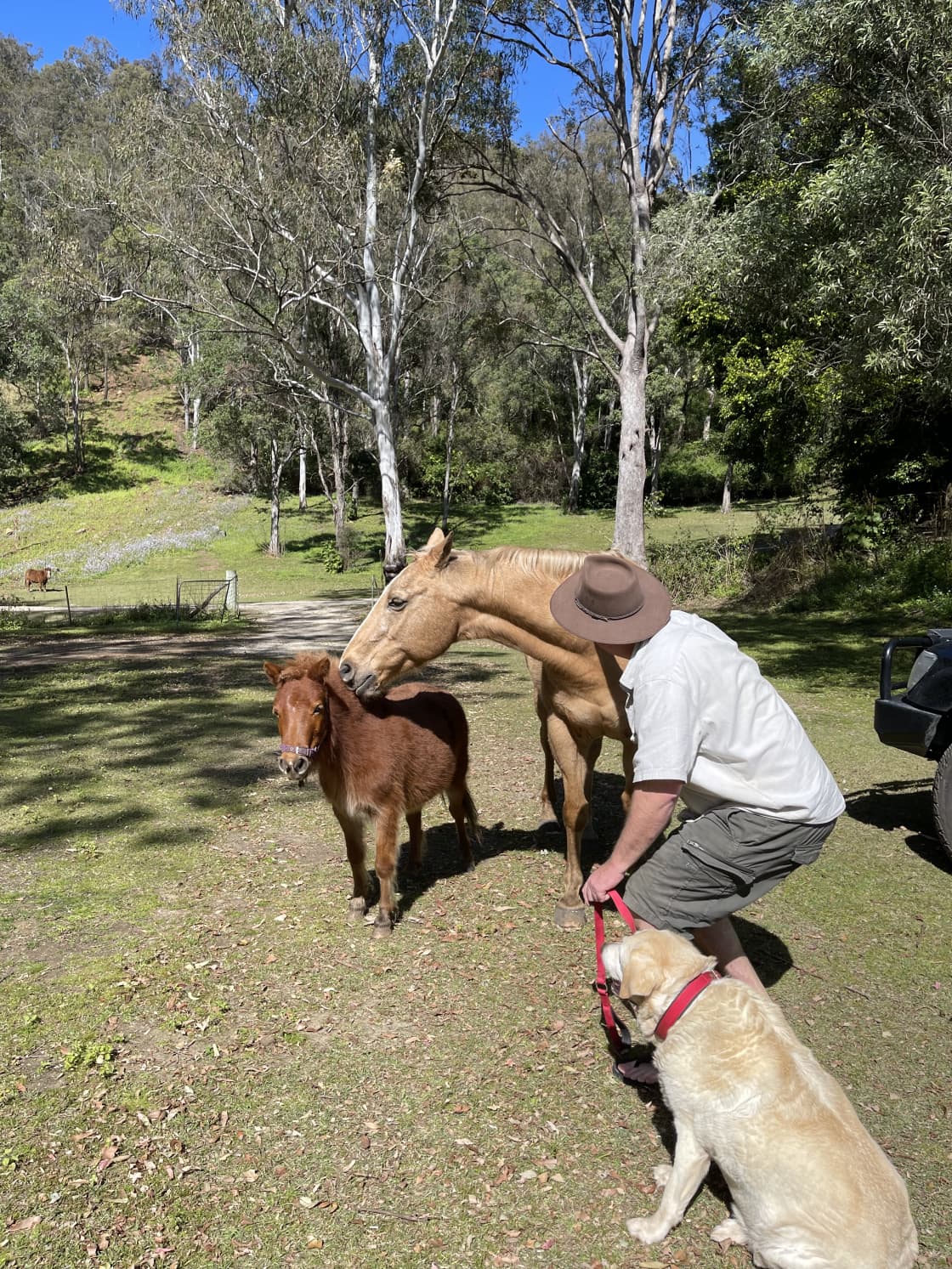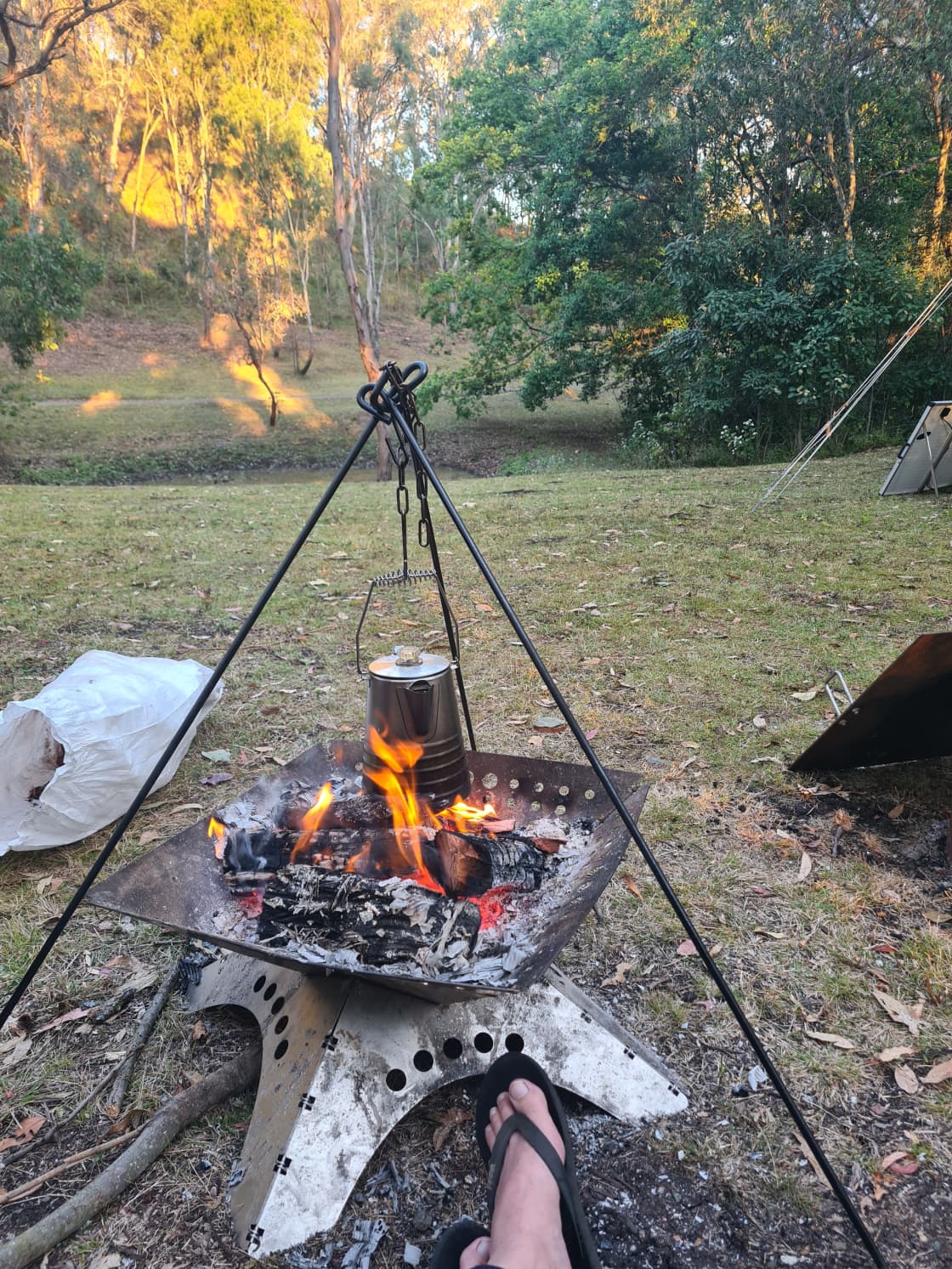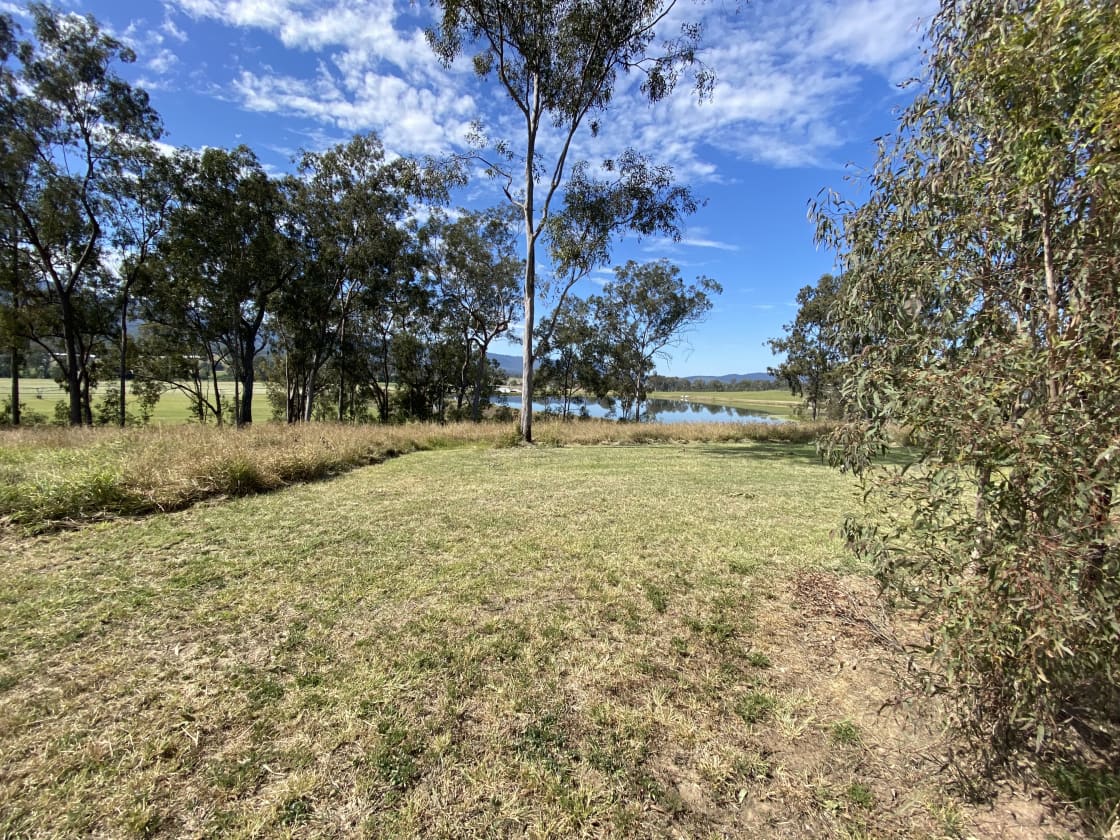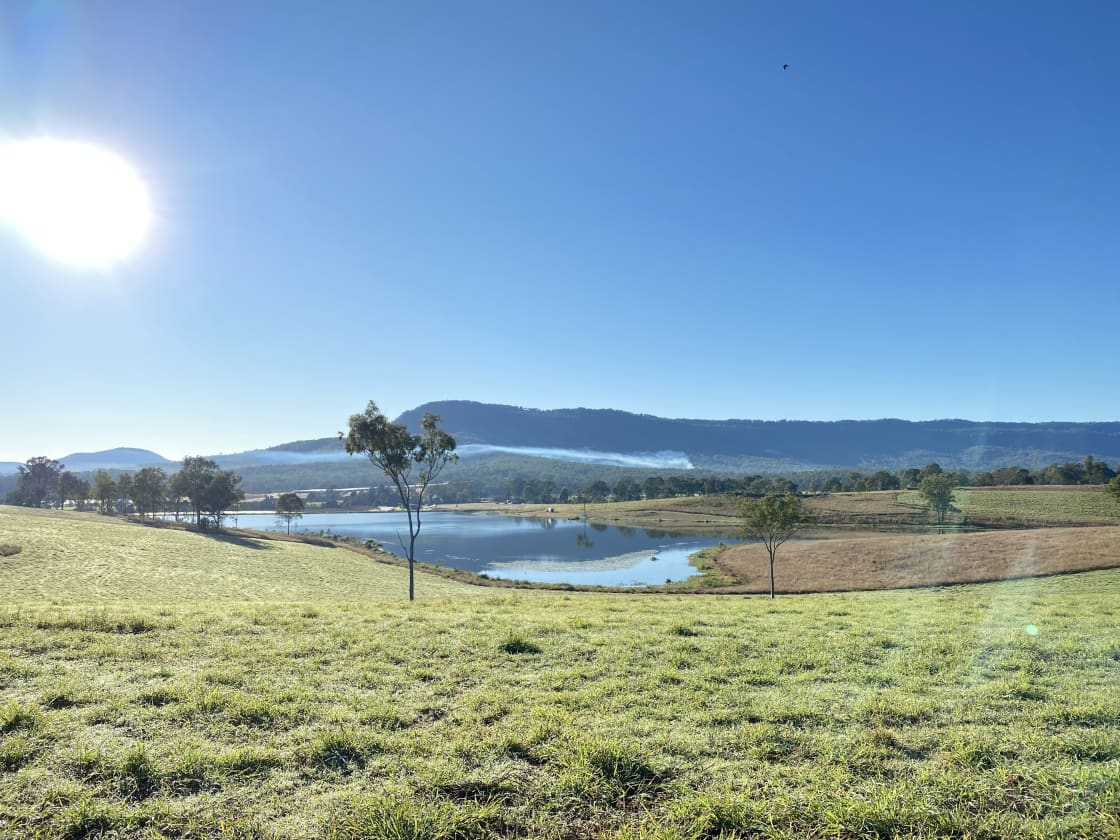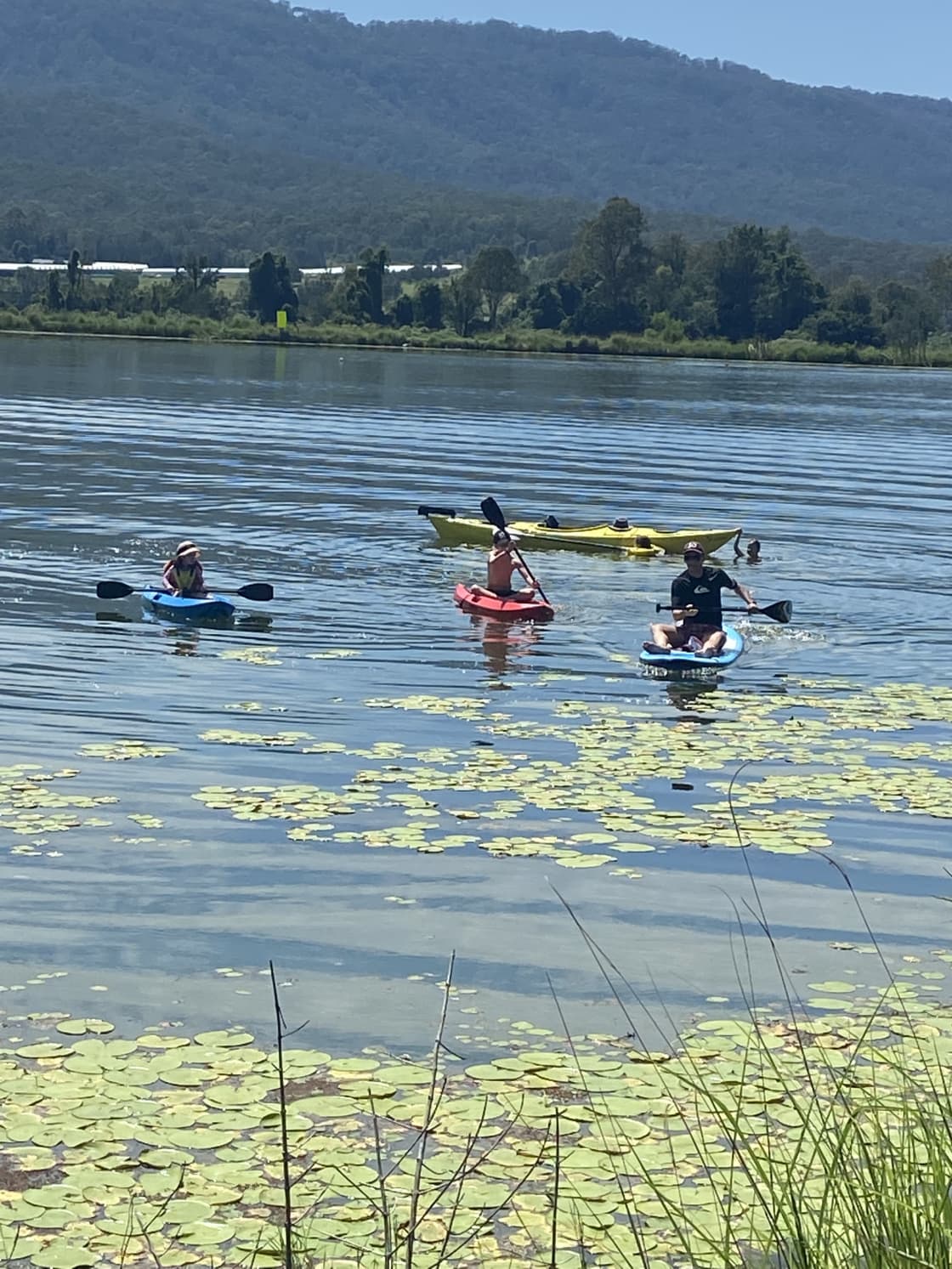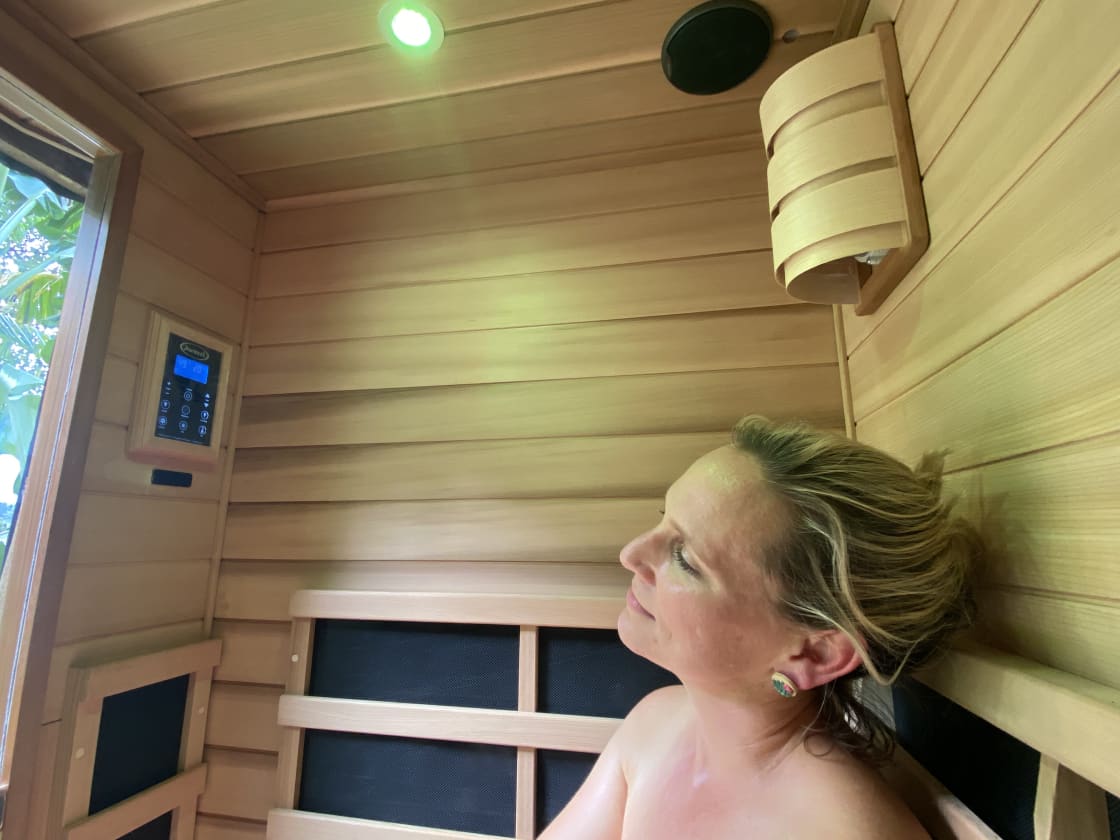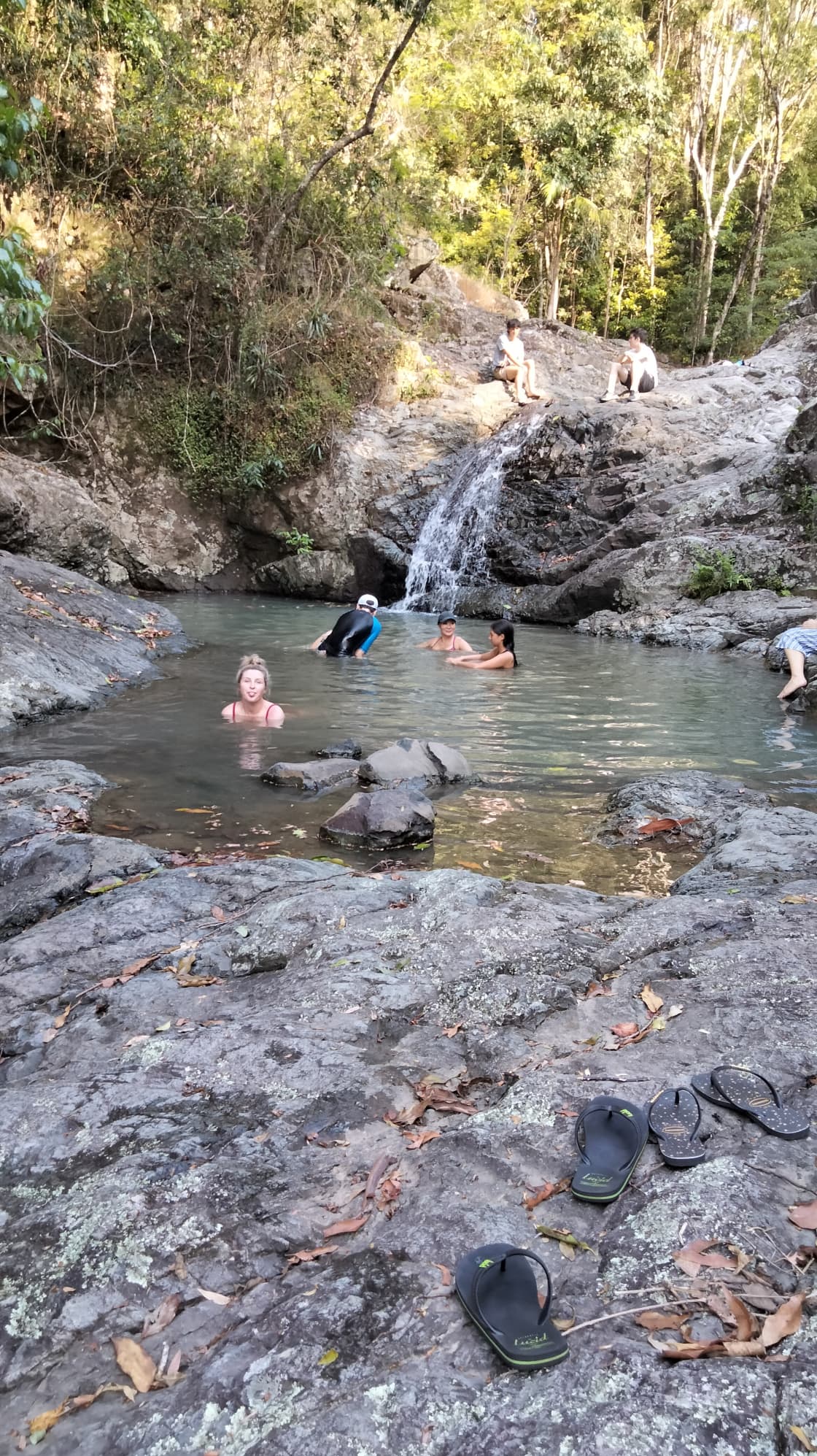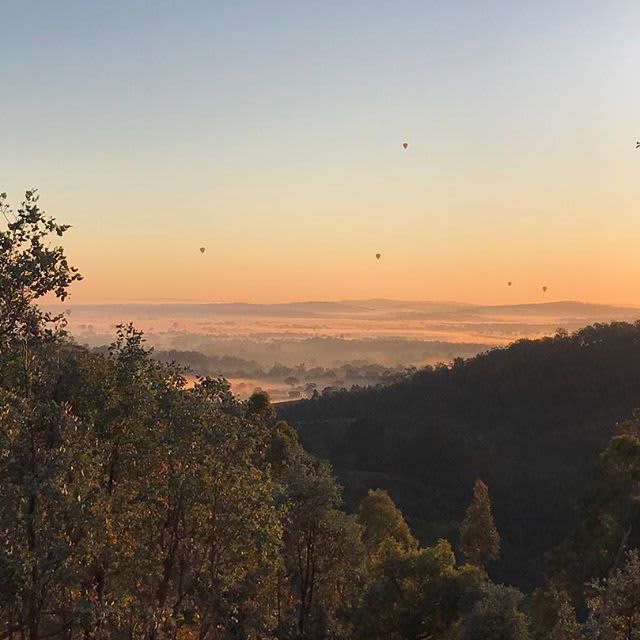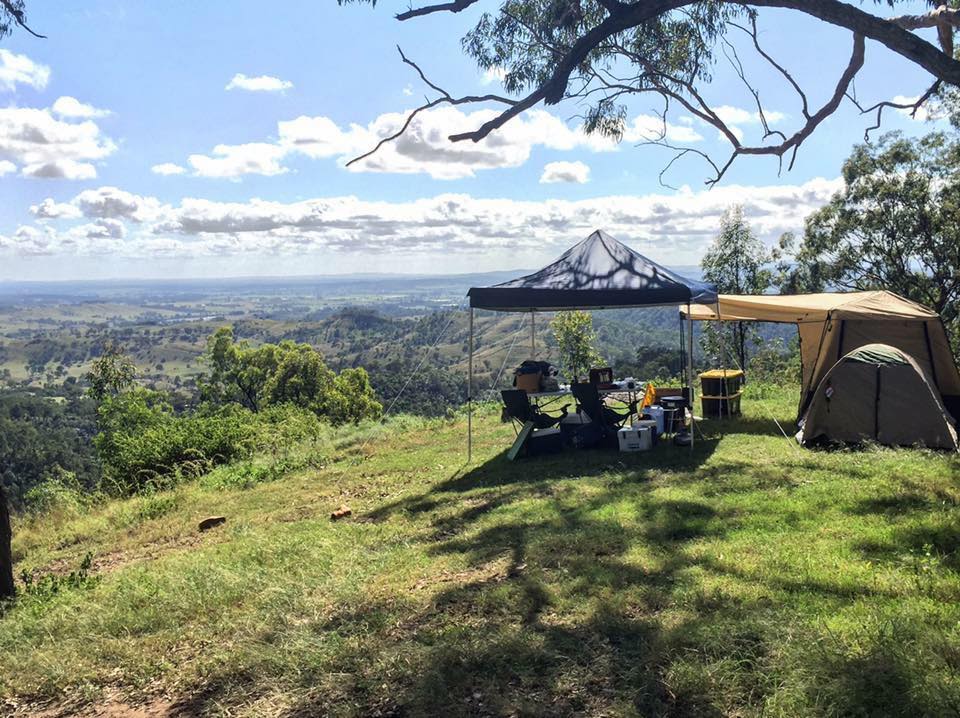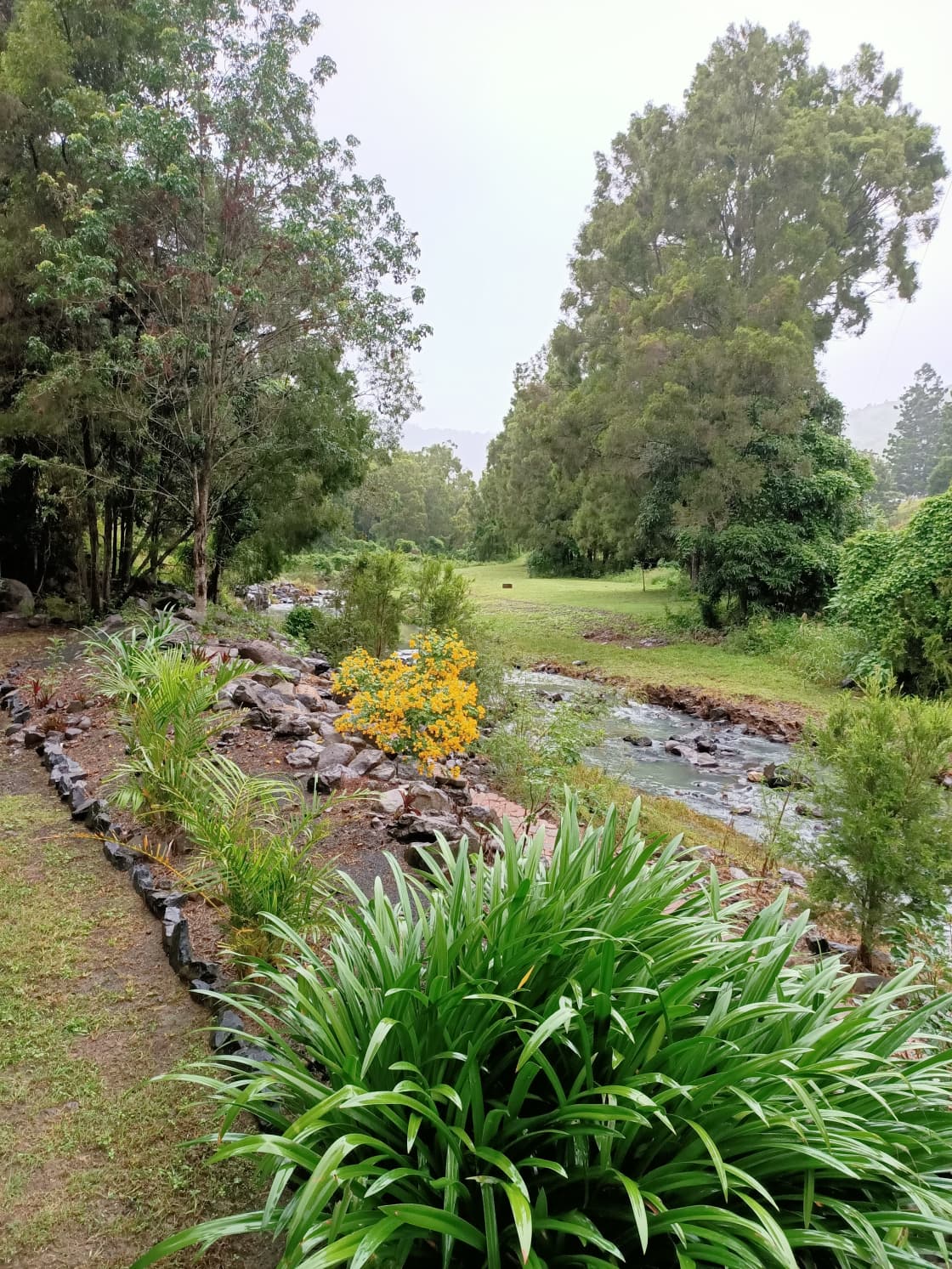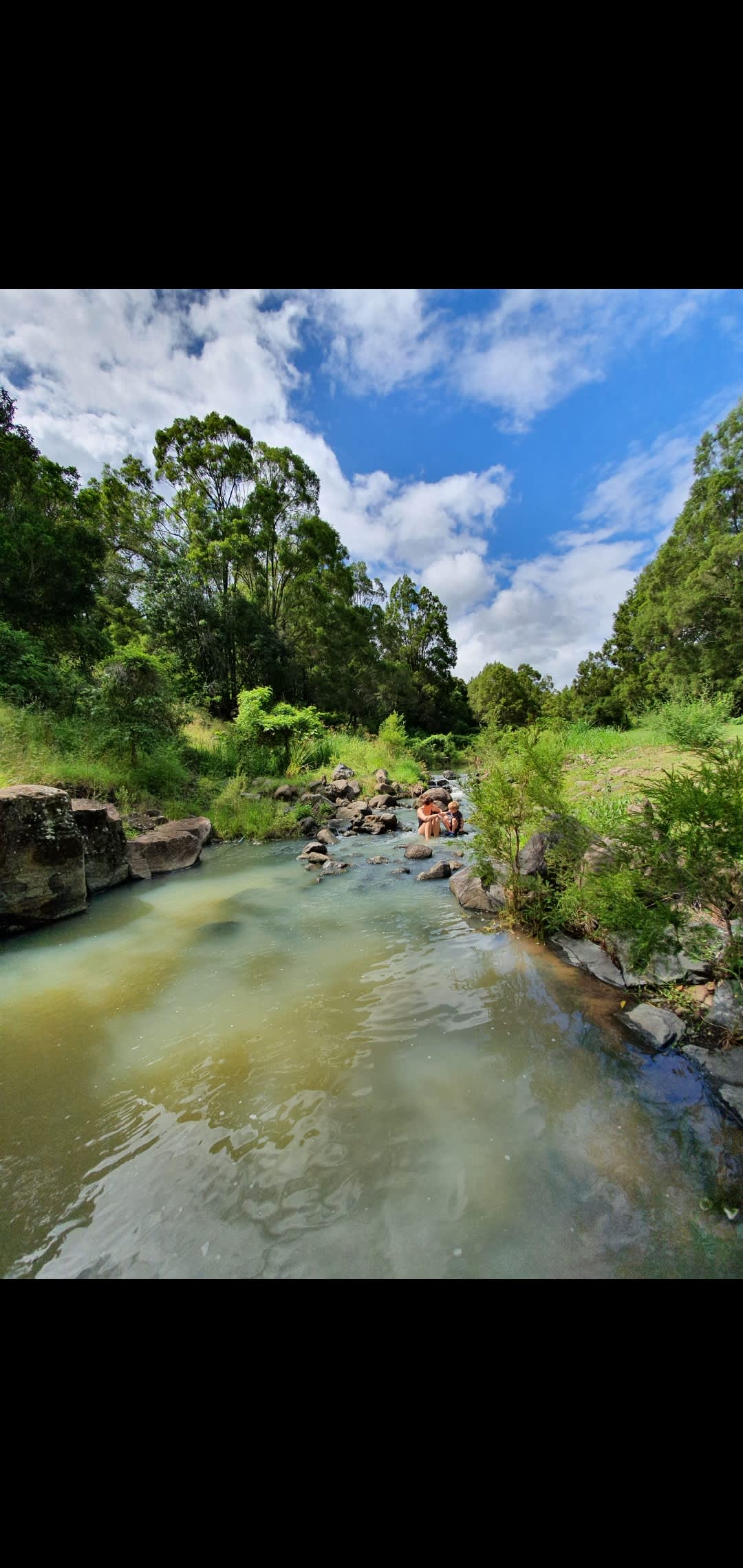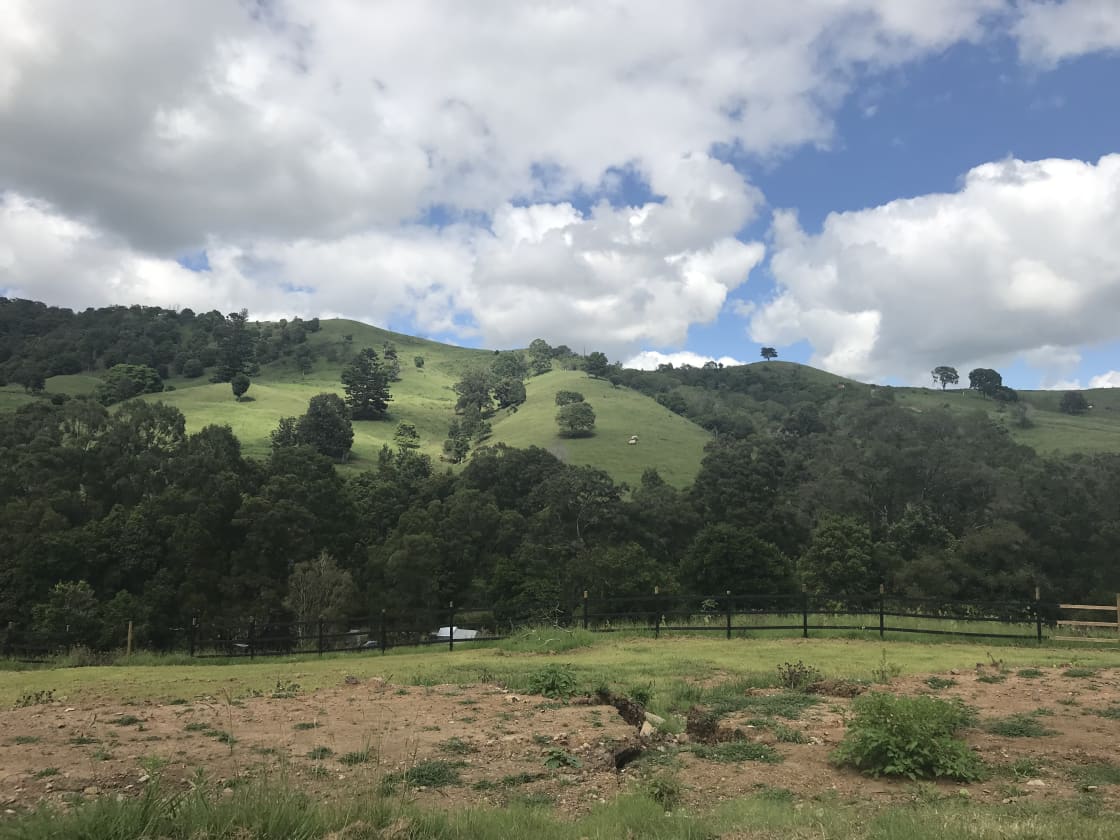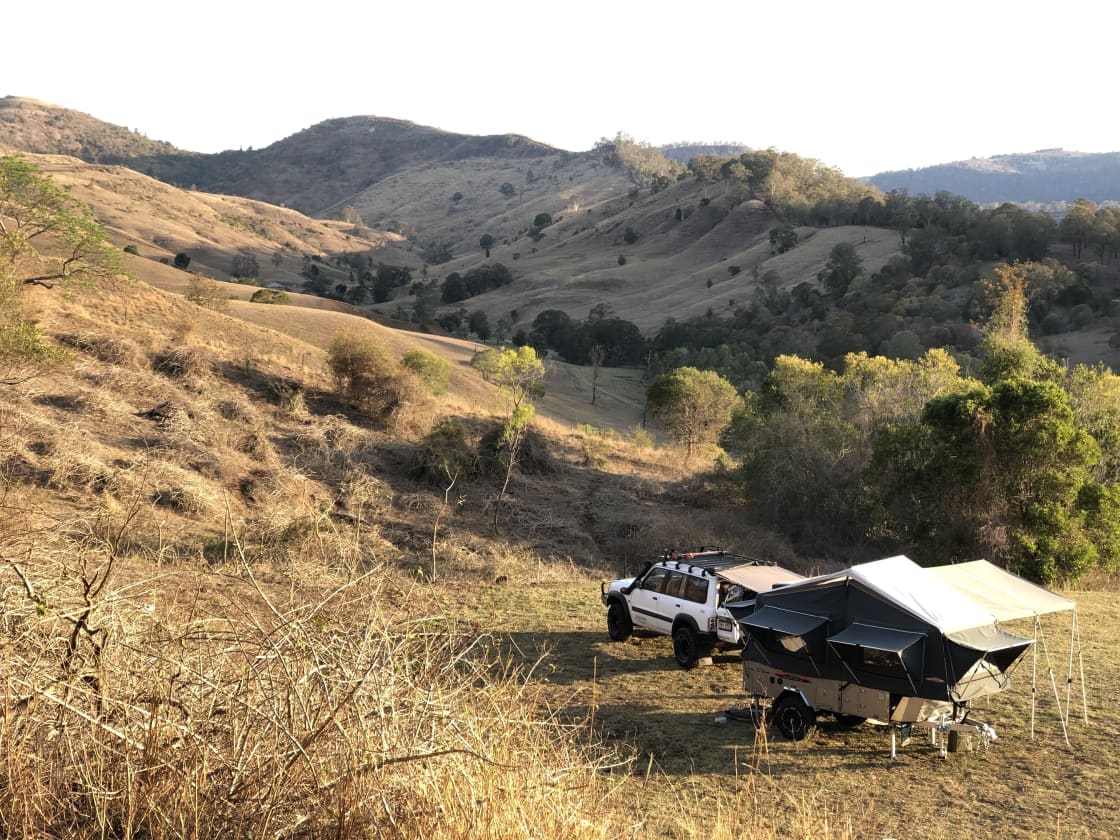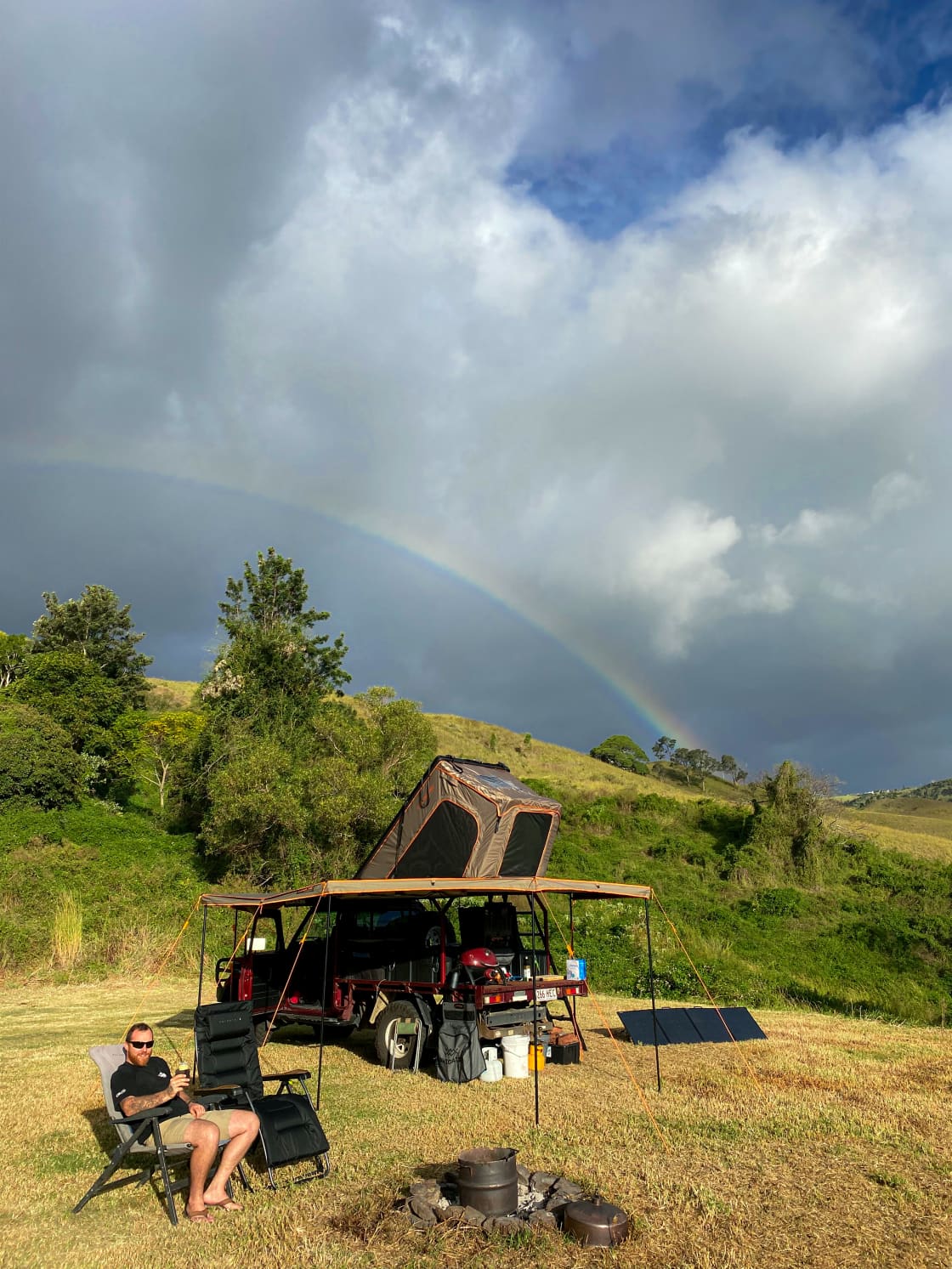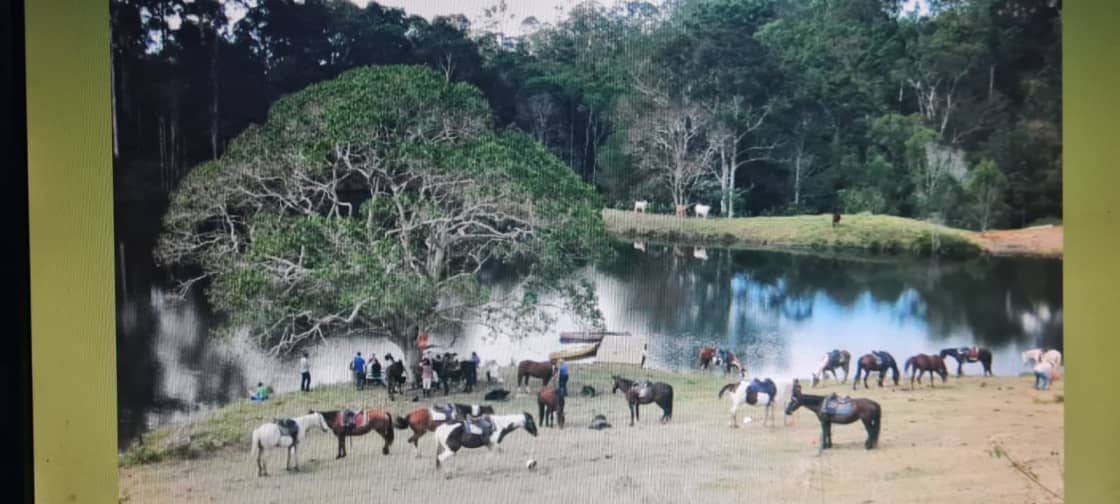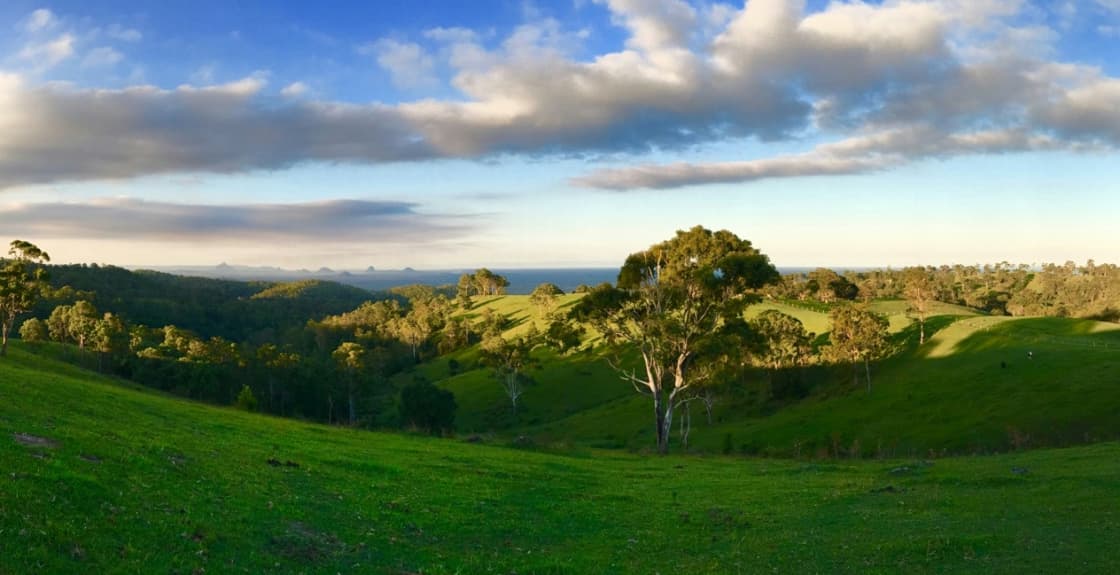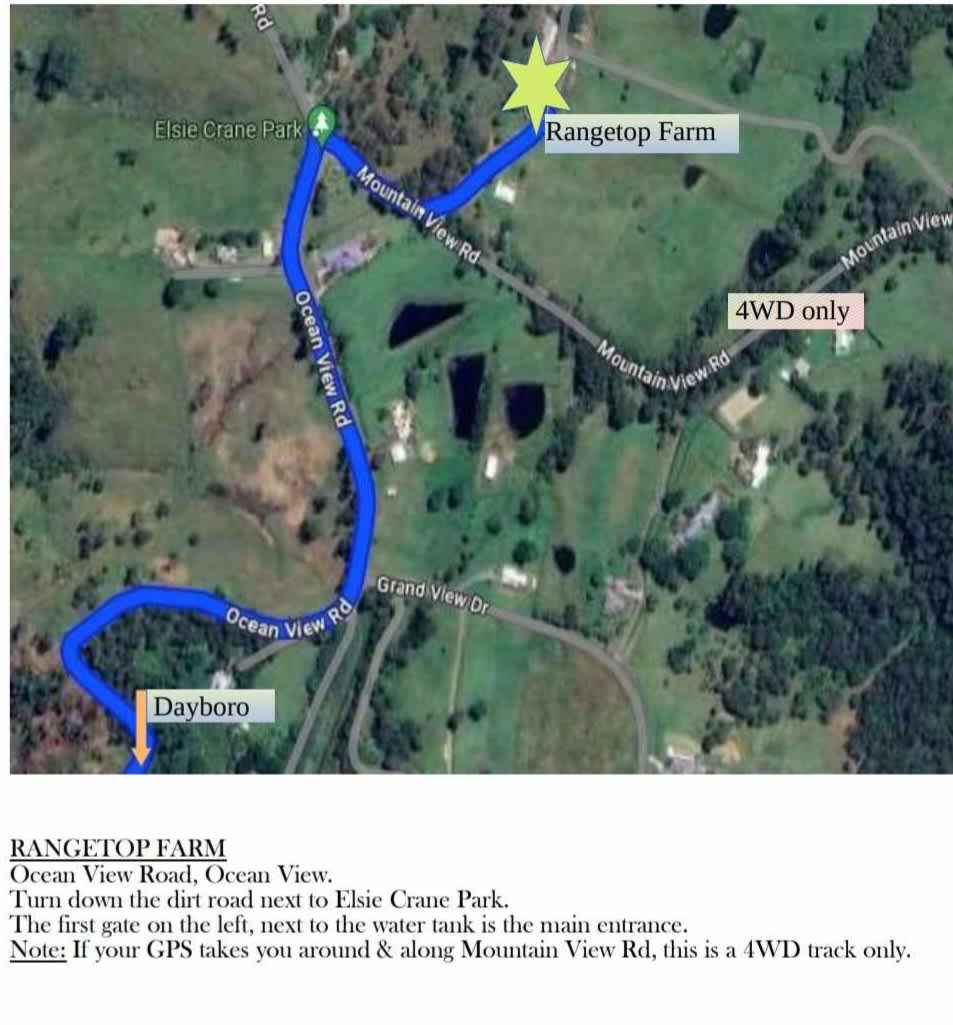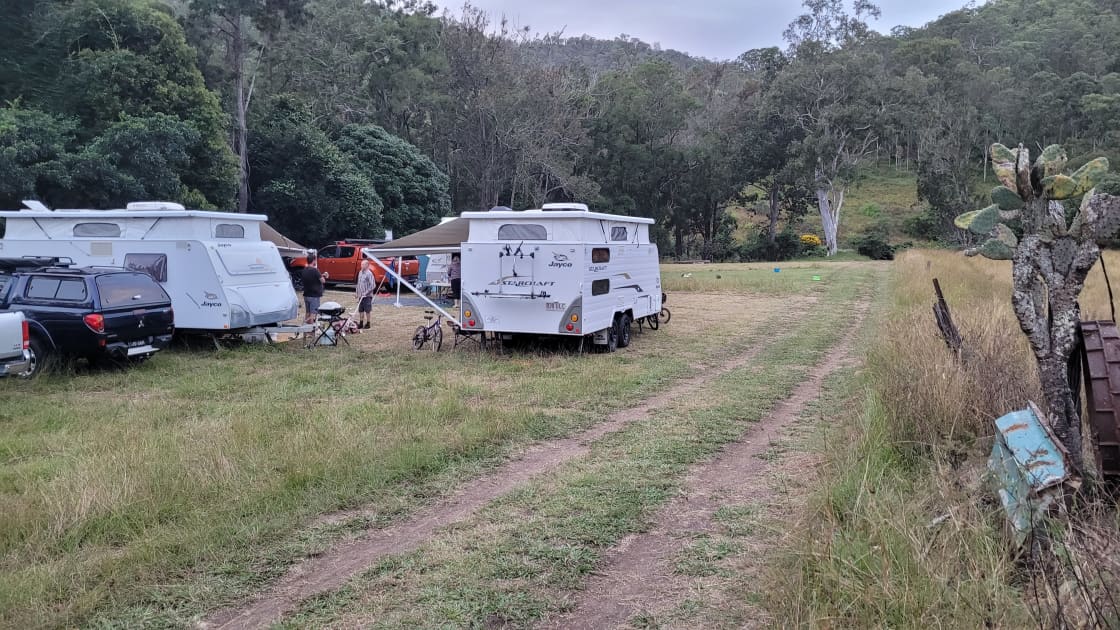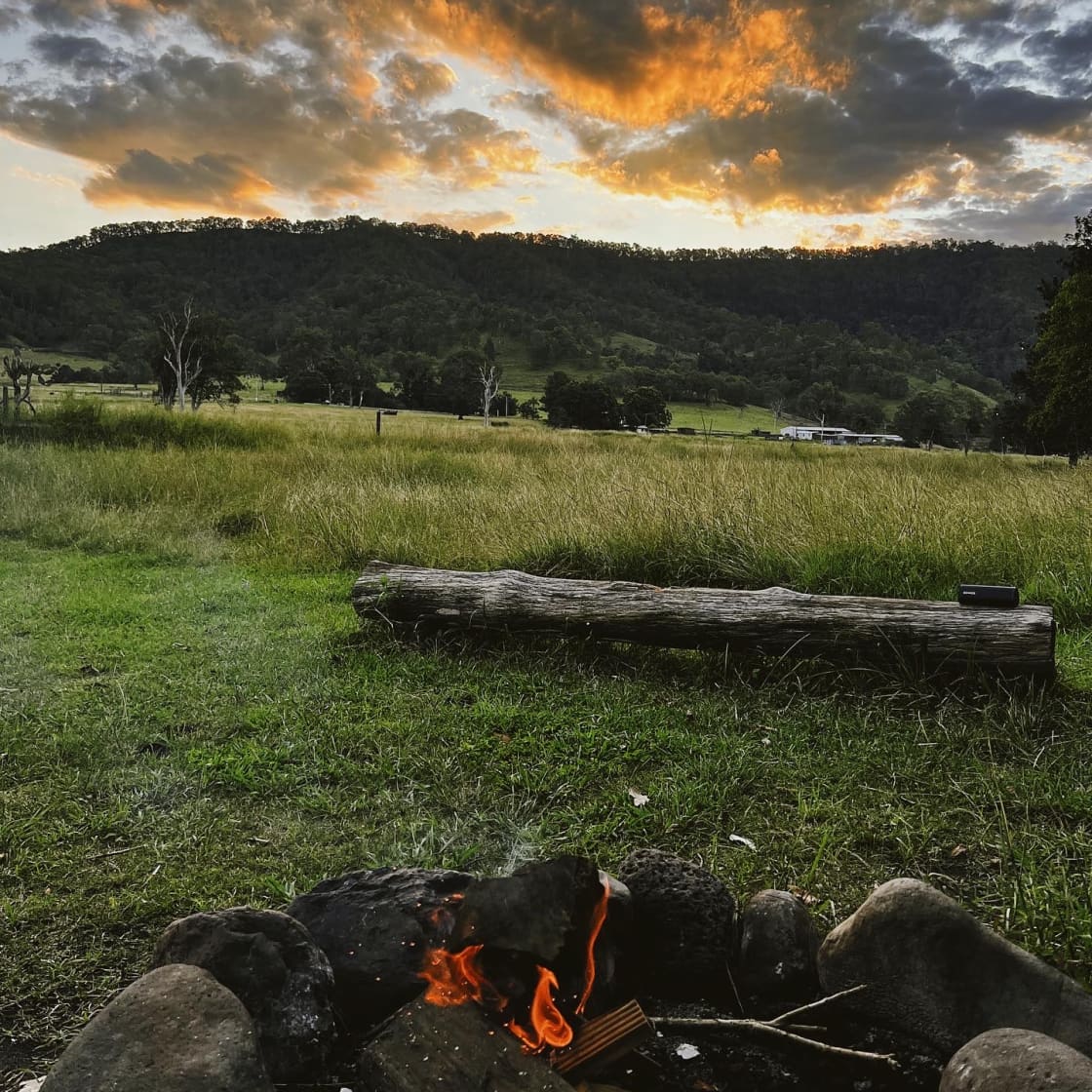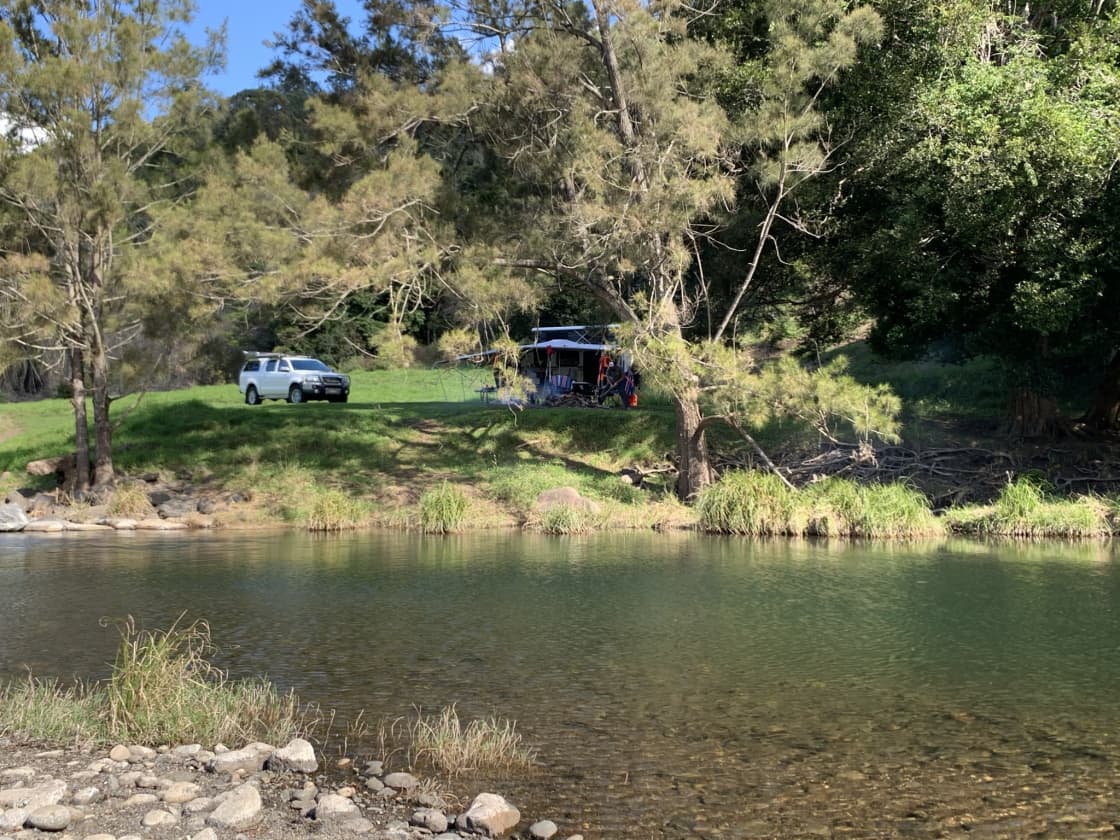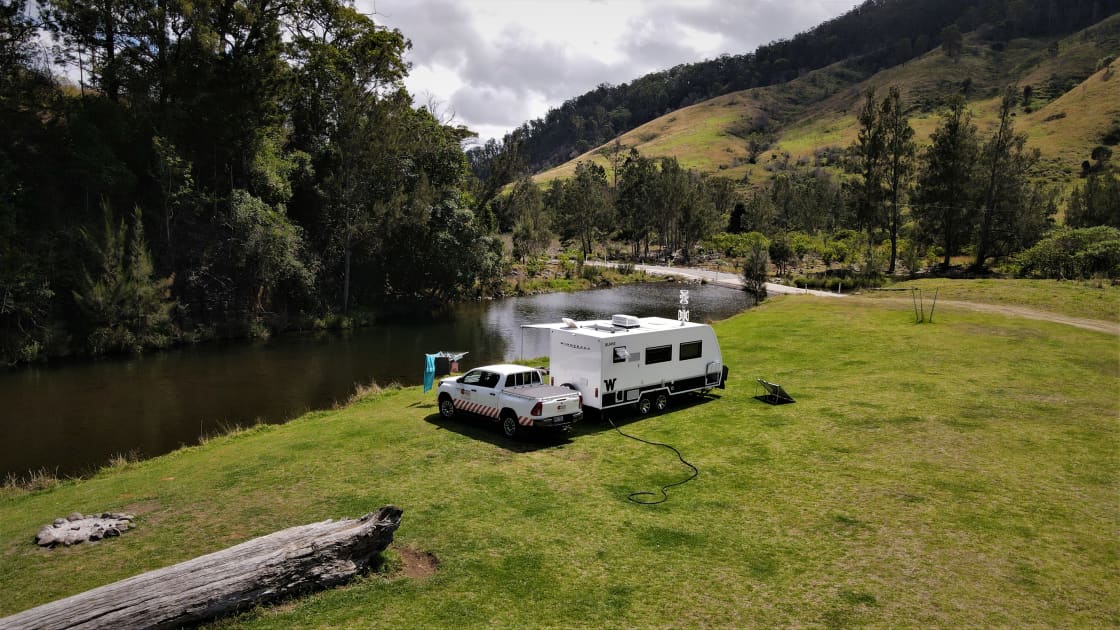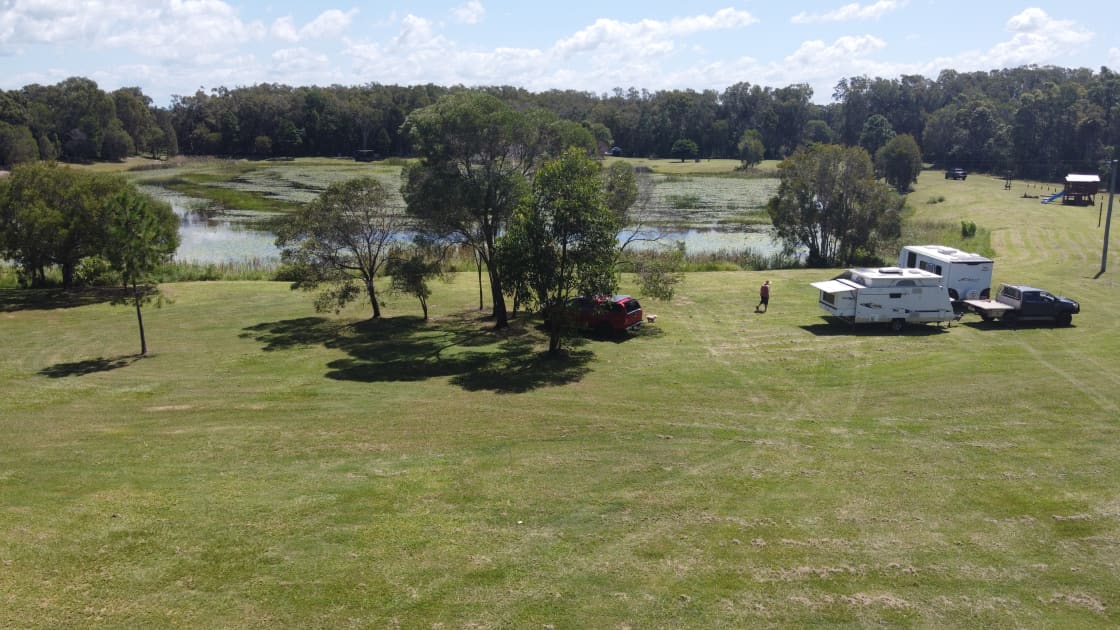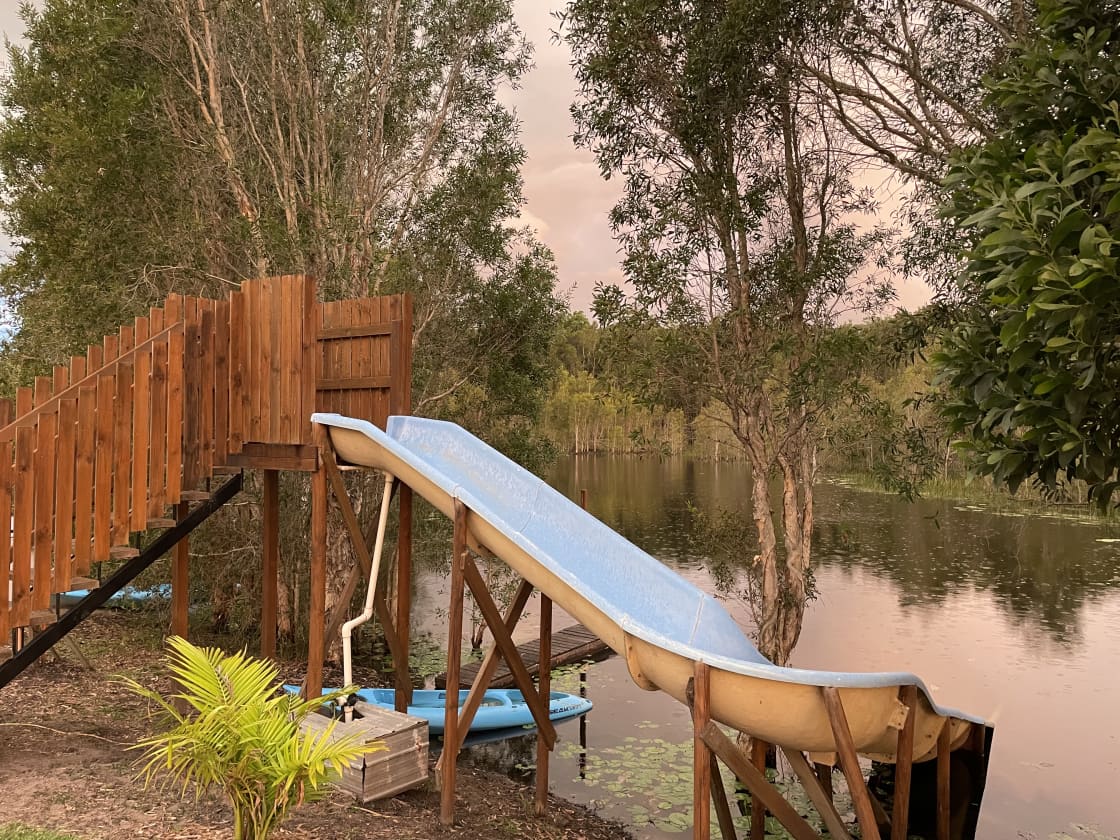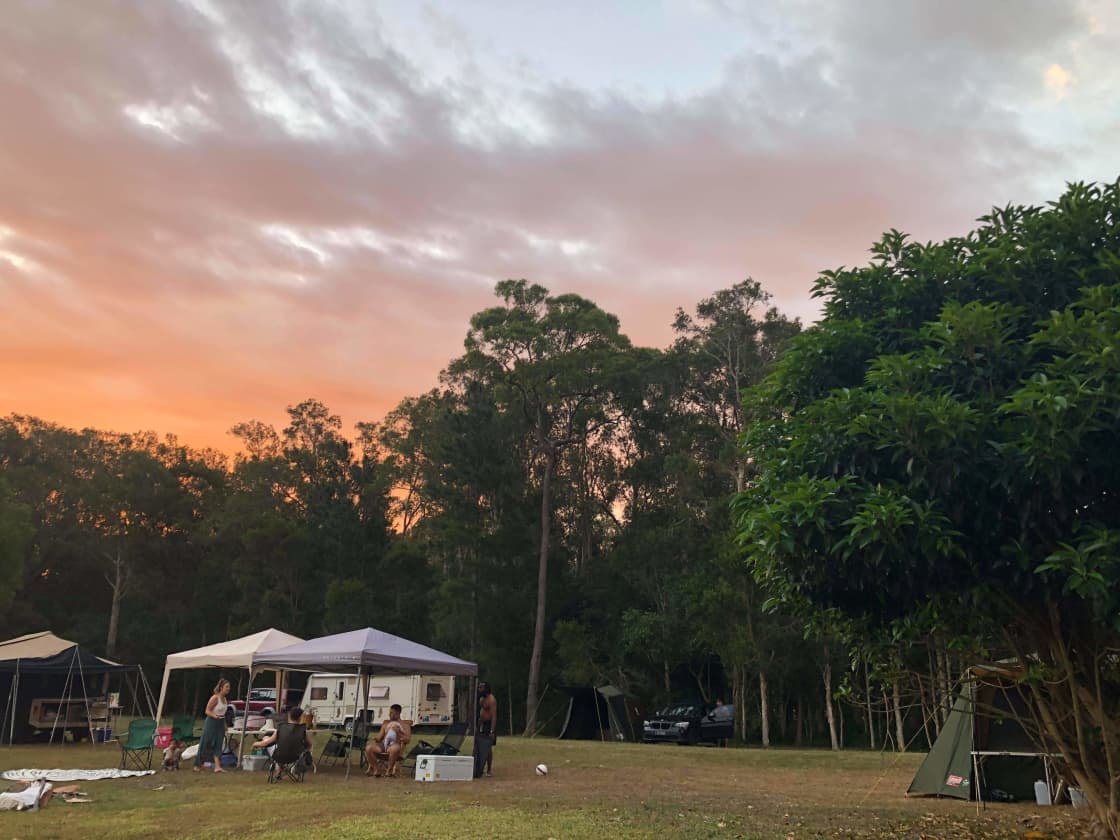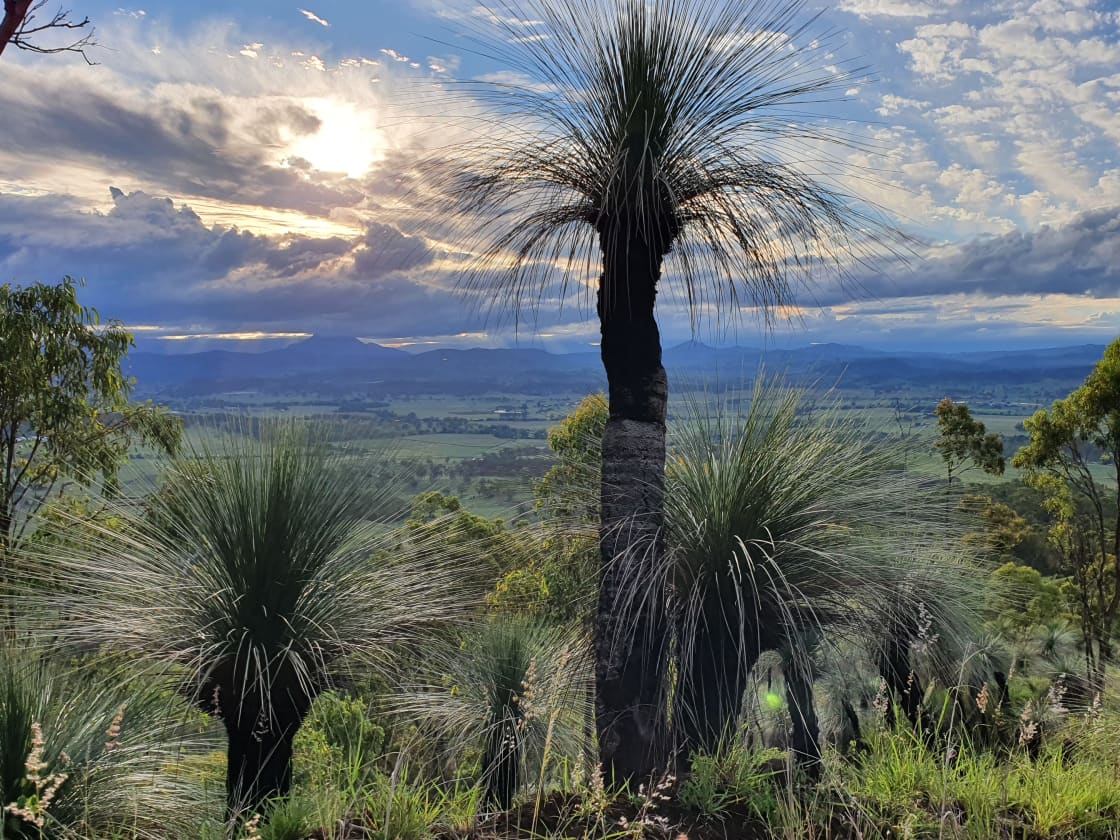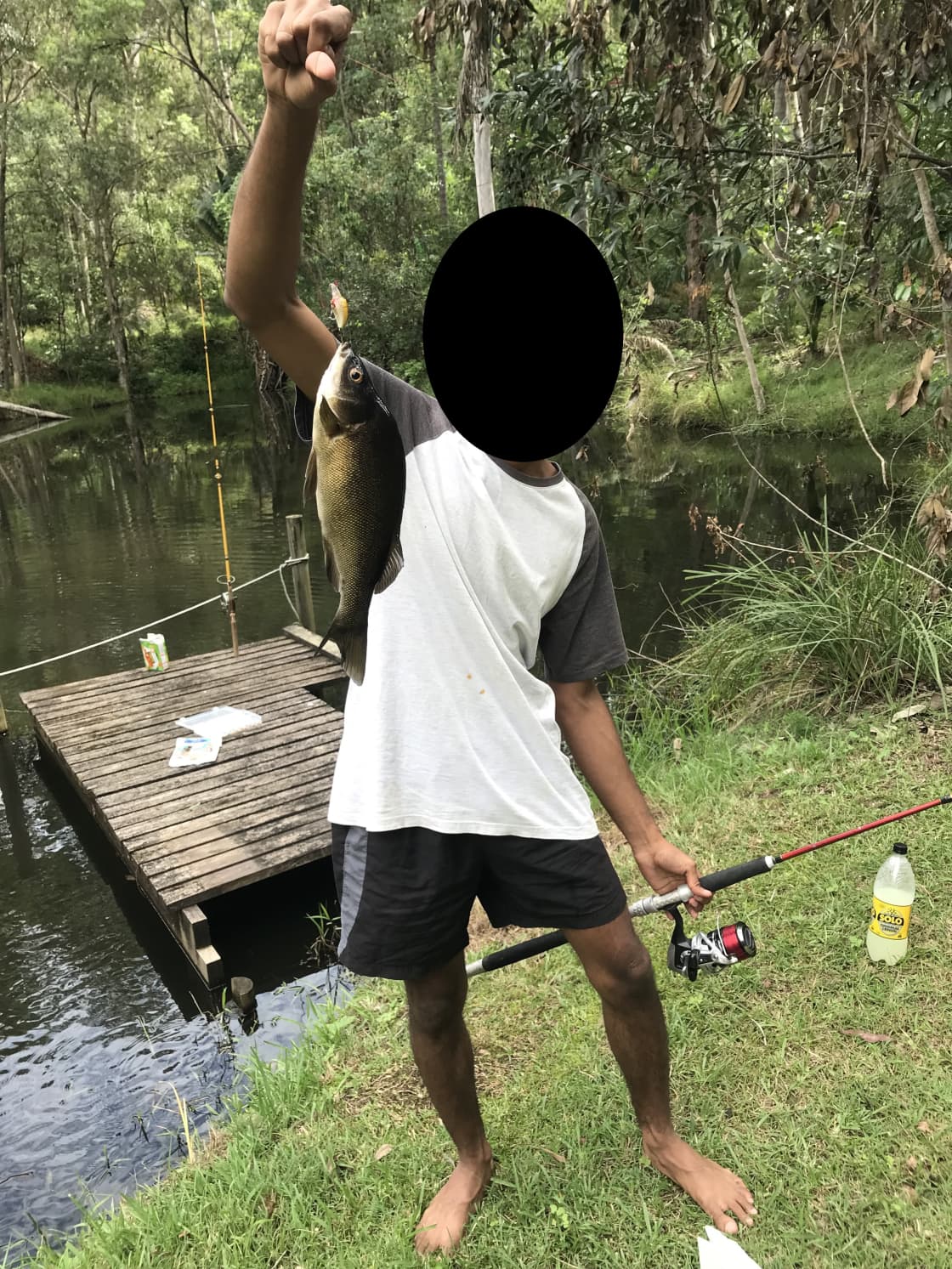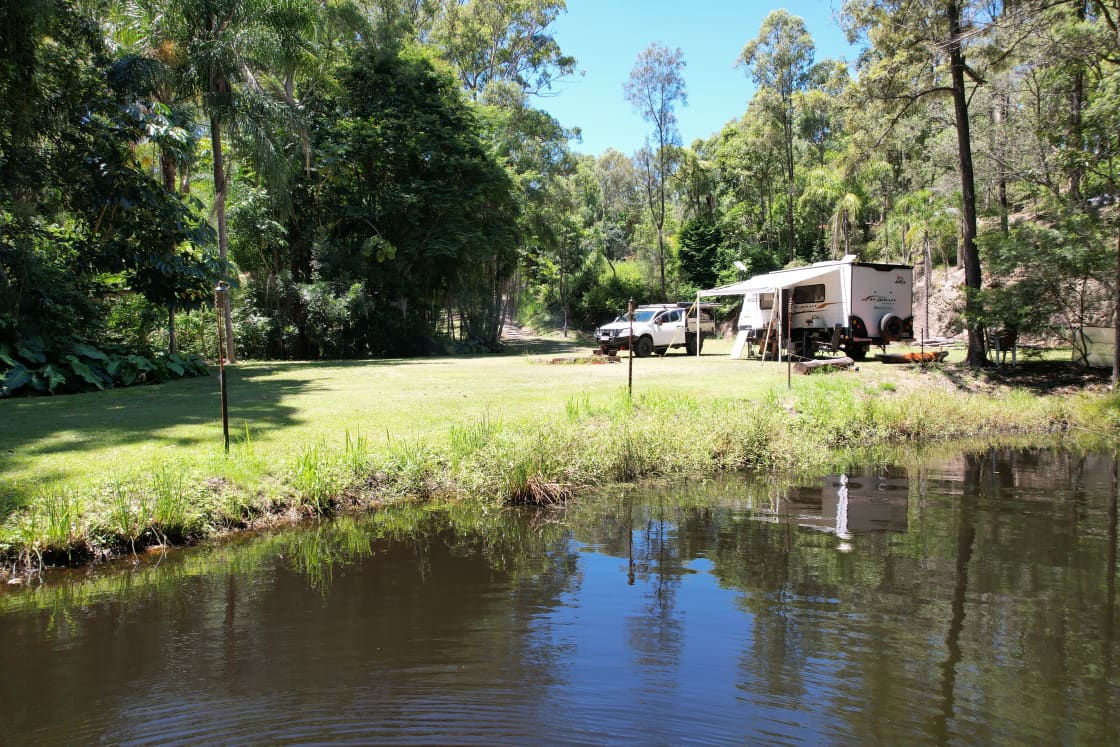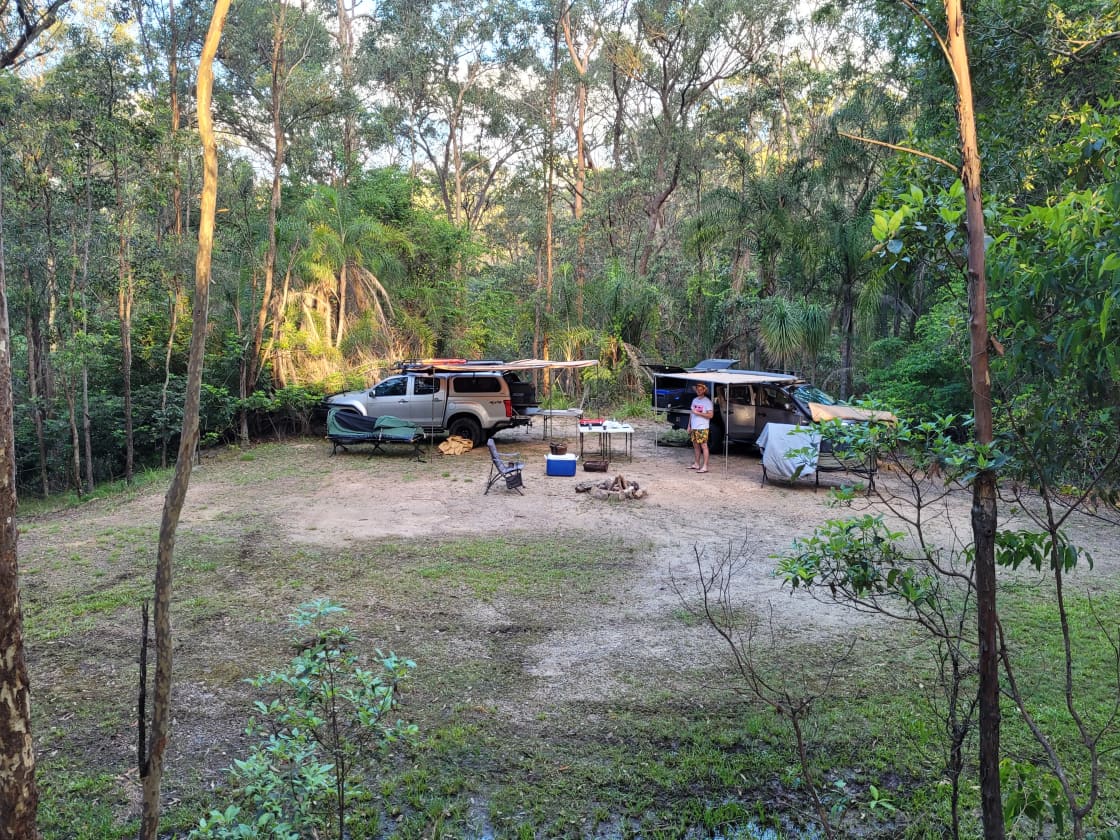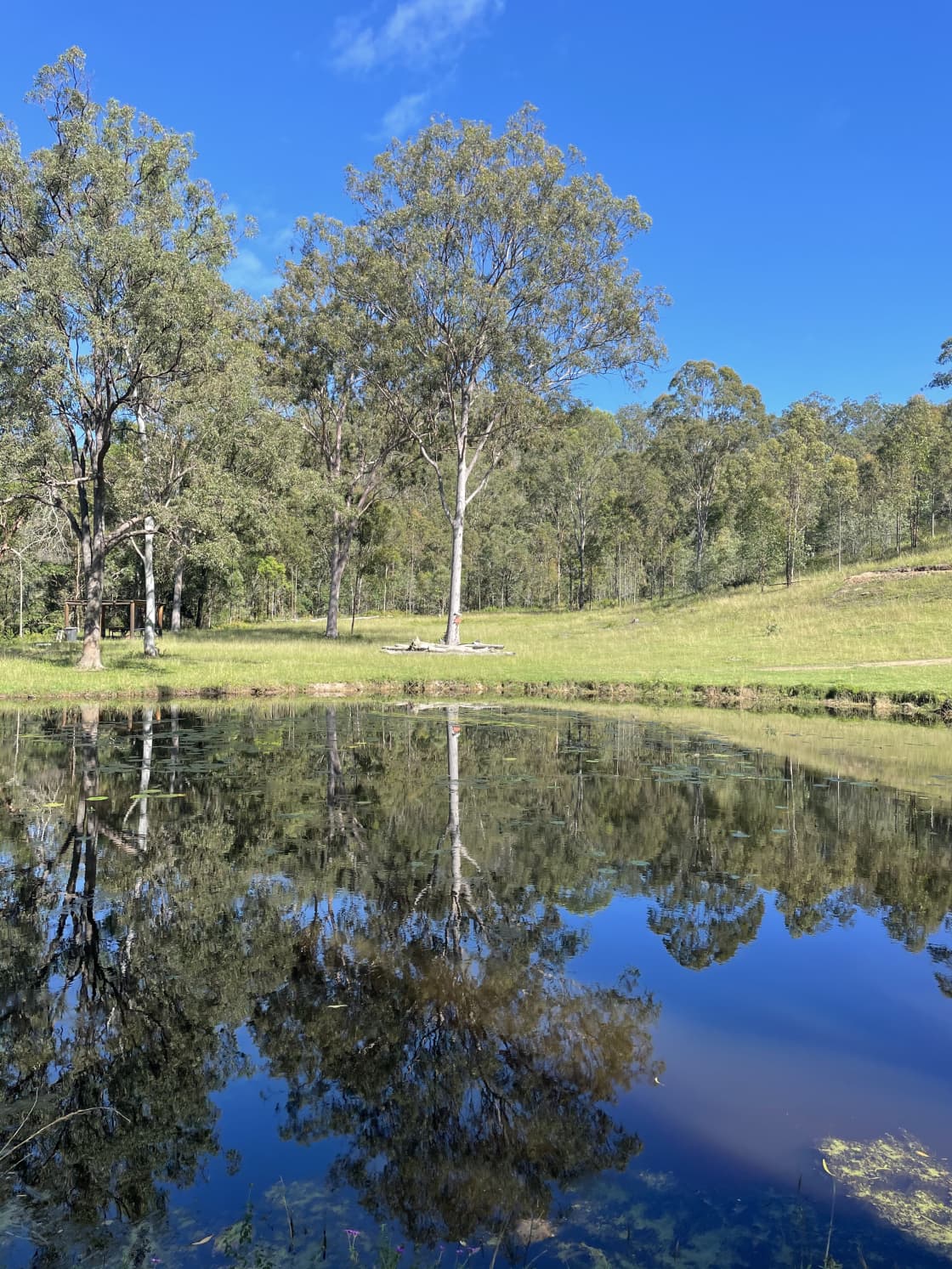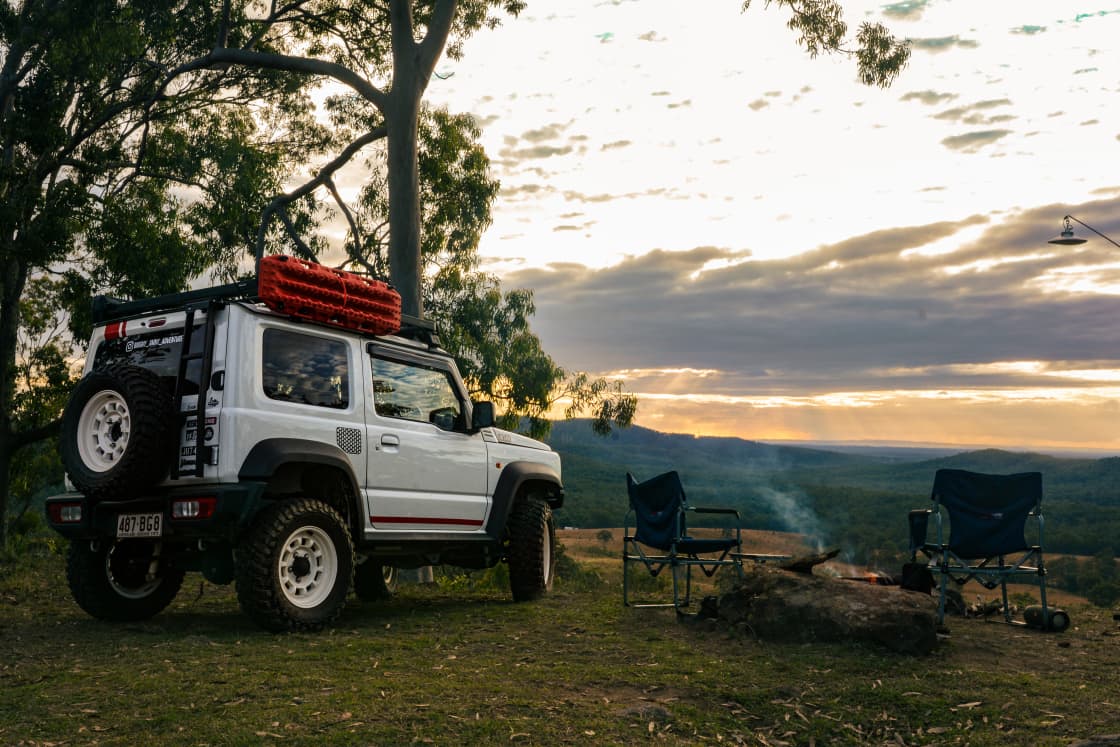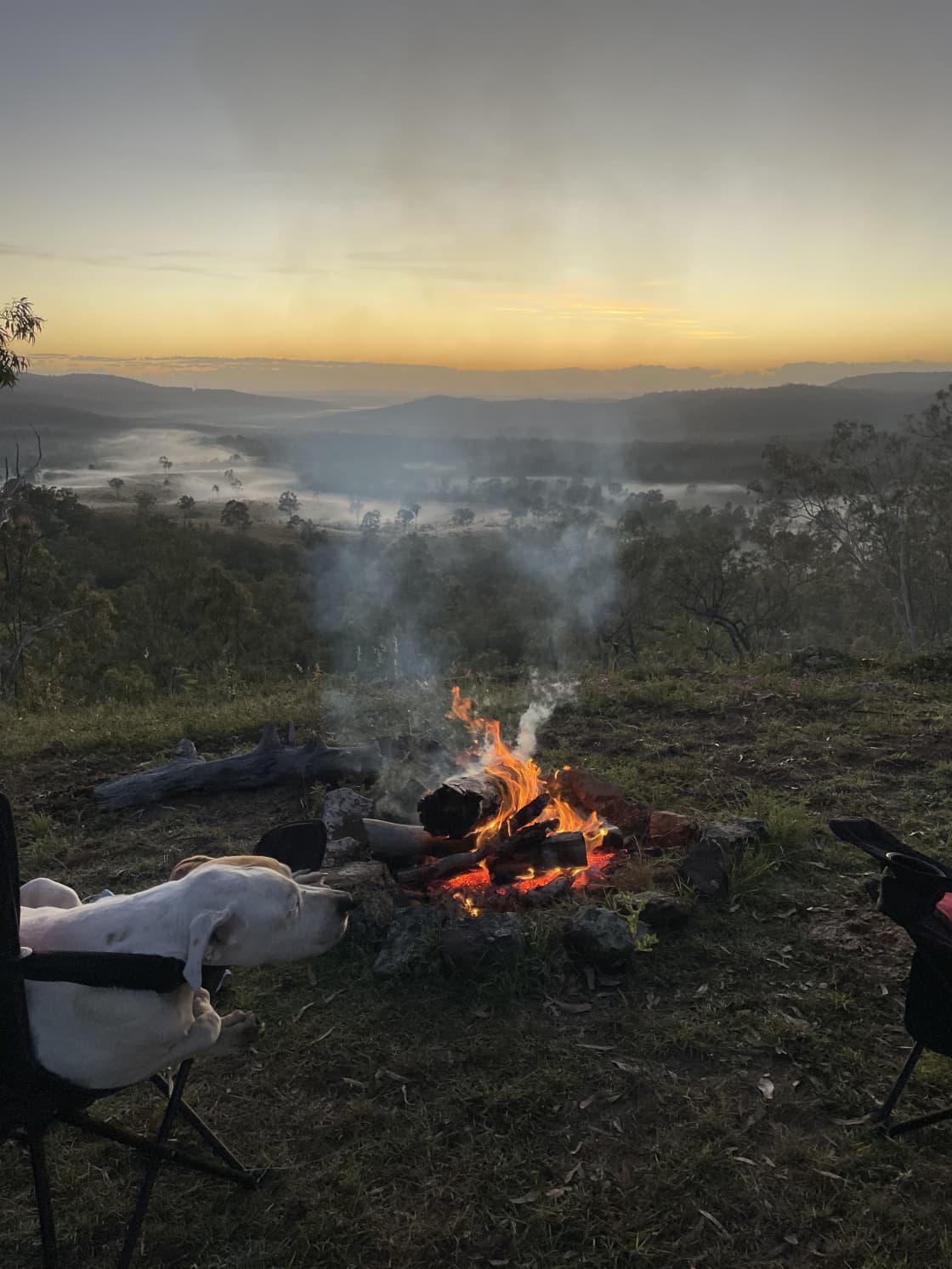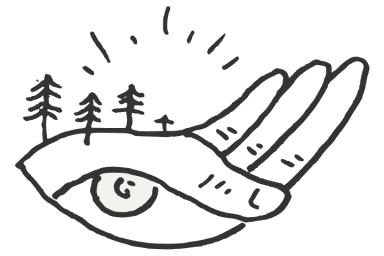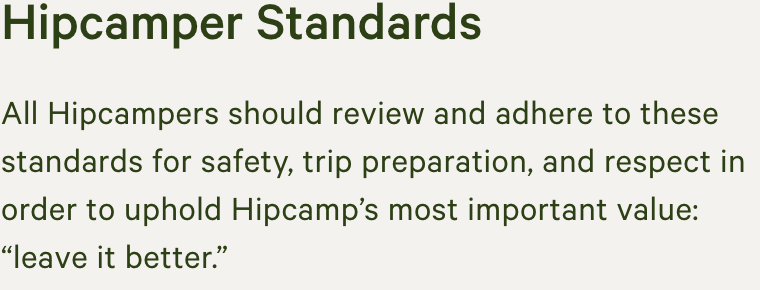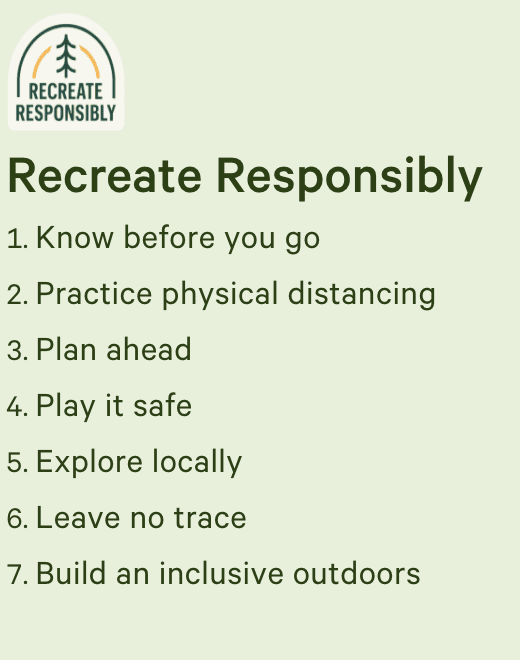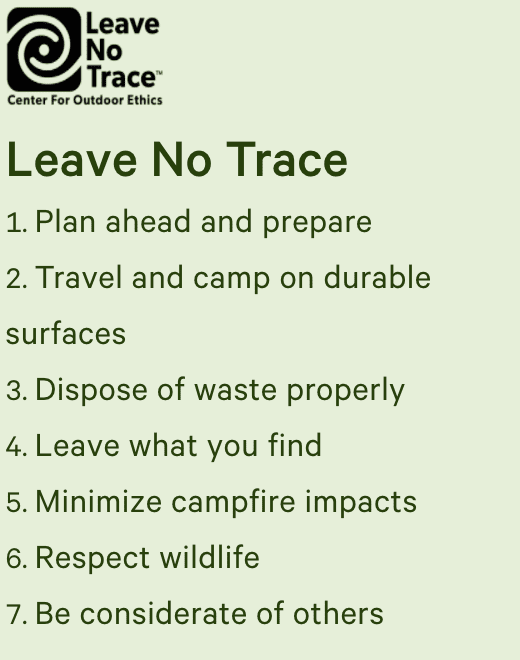Camping in North Stradbroke Island
Camping, hiking, and snorkelling on the world’s second-largest sand island.
- North Stradbroke Island
Popular camping styles for North Stradbroke Island
Available this weekend
Under $50
12 top campgrounds in North Stradbroke Island
OZ SKY RANCH
Estate Lodges Caravan & Camping
Swan Gully Park
Stonesthrow
Rangetop Farm
Shortstump Ranch
Sarabah Stud
Sarabah Camping
Lakeview
Larapinta
Tranquil Bush Retreat - Sheldon
Lone Camel Bush Camp
Dog-friendly getaways
Star Hosts in North Stradbroke Island
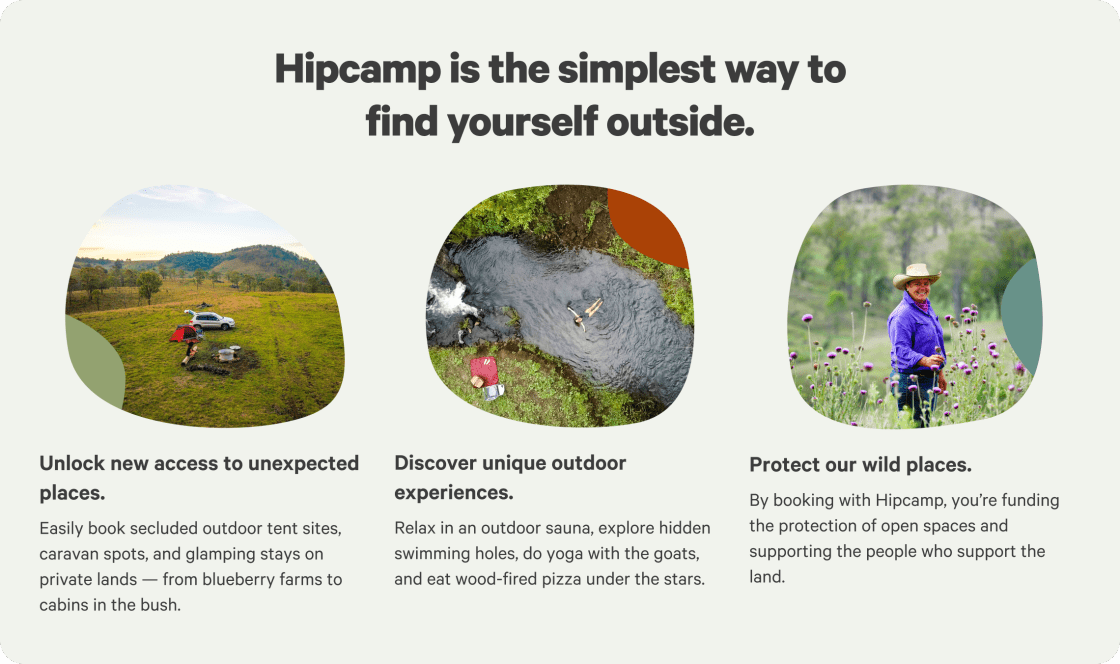

Camping in North Stradbroke Island guide
Overview
Known as "Straddie" by locals and also increasingly by its Aboriginal name, Minjerribah, this popular holiday spot for Brisbane families is more than 25,000 hectares of wilderness and long beaches. The island vibe is laid-back with an emphasis on nature—think scenic gorges, bushwalking, and wildlife. The three townships—Dunwich, Amity, and Point Lookout—sit about 20 kilometres apart and are linked by sealed roads. Surfers love Point Lookout for the closest surf breaks to Brisbane, while the other side of the island is almost entirely covered by Naree Budjong Djara National Park’s sand dunes, freshwater lakes, wetlands, and heathland. Camping is available within the park, but most other island camping is managed by Minjerribah Camping, including beach camping. For remote beach camping, a 4WD vehicle is needed (along with a vehicle access permit).
Where to go
The North Gorge Headlands Walk
This walk is not to be missed, as the boardwalk offers stunning views of the gorge, and is a great place for spotting turtles, dolphins, and whales (between May and November).
Naree Budjong Djara National Park walking tracks
Six walking tracks run through the park, five of which start in the car park at Blue Lake (Kaboora), about 9 km from Dunwich. Some tracks have limited shade, so early morning walks are best, especially in summer. The most challenging track is Kabul (carpet snake), which has long steep sections. The Jarlo (fire beetle) track offers views to the Gold Coast, Brisbane, and the Glass House Mountains to the north.
Brown Lake (Lake Bummiera)
Brown Lake is stained by the tannin from the leaves of surrounding tea trees and paperbarks. It is only 3.5 km from Dunwich and a great place for birdwatching and wildflowers, while waterside trails allow you to walk the lake’s perimeter.
Moreton Bay Marine Park
Snorkel or scuba dive with giant manta rays and lazy leopard sharks in Moreton Bay Marine Park on a tour with a local outfitter. At Manta Bommie, off the island’s northeast corner, these amazing creatures are unfazed by swimmers above them. The excursion might also include sightings of turtles, dolphins, and bull sharks.
When to go
North Stradbroke Island’s subtropical climate makes it a year-round destination. Summers are warm and sometimes rainy, while winters are mild. Temperatures range from 22–30°C in summer (December to February), and in winter (June to August), you can expect 12–20°C.
Know before you go
- Bookings and camping permits are essential on North Stradbroke Island.
- A regular passenger and car ferry service operates from Brisbane, or you can take a private water taxi. The crossing takes about 30 minutes, and ferries are met by local buses at Dunwich.
- If travelling without camping gear, Straddie Camper Trailer & Camping Equipment Hire at Point Lookout can provide everything you need—and they’ll even set up camp for you. First-time campers can get extra instruction to feel prepared.
- The best place to see the sensational Straddie sunsets is at Amity Point, on the northernmost tip of the island.
- Blue Lake (Kaboora) is a place of cultural significance for the Quandamooka people and should be respected. Swimming is not allowed—instead, soak up the beauty of what is known as the "deep, silent pool."
